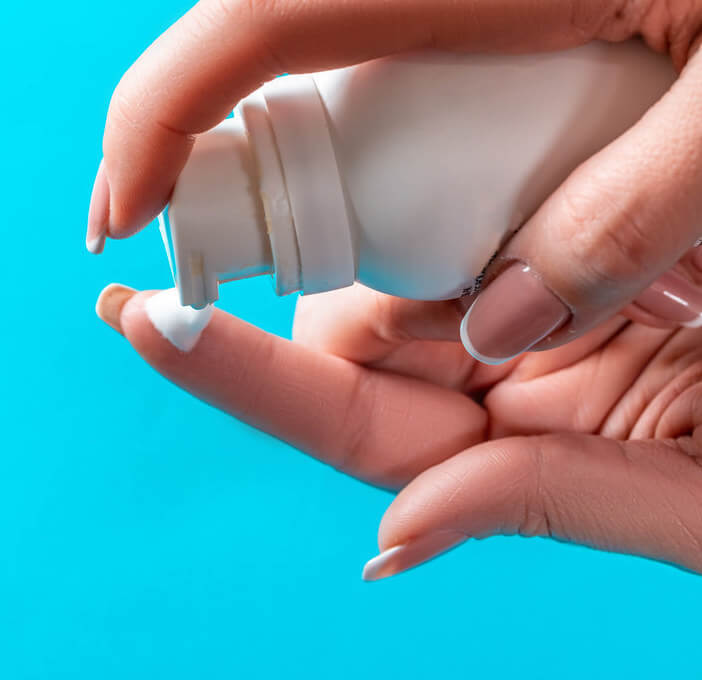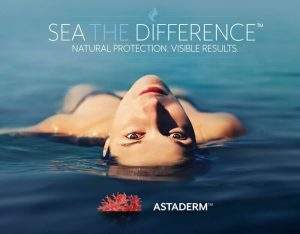FDA Urges Sunscreen Use Amidst Public Panic

Sunscreen users have been in an uproar lately, as a study about the absorption of chemicals in the bloodstream has concerned consumers.
But public health officials are more concerned about consumers skipping or forgoing the sunscreen entirely – and falling victim to skin cancer, sunburn, and other health problems.
The study that scared consumers
In May 2019, the study “Effect of Sunscreen Application Under Maximal Use Conditions on Plasma Concentration of Sunscreen Active Ingredients, A Randomized Clinical Trial” was published in The Journal of the American Medical Association (JAMA).
In the study, 24 healthy participants applied one out of four selected sunscreens. Participants applied the sunscreen to 75% of their bodies, 4 times a day, for 4 days.
The objective of the study was to “determine whether the active ingredients (avobenzone, oxybenzone, octocrylene, and ecamsule) of 4 commercially available sunscreens are absorbed into systemic circulation.”
The absorption level of the ingredients was of note, as the FDA’s “guidance says that any active ingredient that achieves systemic absorption greater than 0.5 nanograms per milliliter of blood should undergo a toxicology assessment to see if it causes “cancer, birth defects or other adverse effects,” according to The New York Times.
The results
The results of the study showed that for all four ingredients, concentrations passed the 0.5 nanograms per milliliter.
However, despite the public fear about the absorption of chemicals, there is no evidence to suggest that sunscreen is harmful, or that the absorption of these chemicals is dangerous. As The New York Times recently wrote: “A recent study on absorption into the bloodstream has caused concern, but you should be more worried about skin cancer.”
The FDA is still currently working on its official final recommendation.
Sunscreen is a necessity for consumer safety
In the aftermath of the study, public health officials are now more concerned about the lack of sunscreen use. Officials are urging consumers to continue their sunscreen use – especially during the sunny summer months.
“Skin cancer incidence rates continue to rise, making risk from excess sun exposure an important public health priority. Yet despite what we know about prevention, skin cancer remains the most commonly diagnosed cancer in the United States. Used with other sun protective measures, broad-spectrum sunscreens with SPF values of at least 15 are critical elements for preventing skin cancer and protecting the skin from sunburn and other UV damage…The public should continue to use sunscreens with other sun protective measures. Broad spectrum sunscreens with SPF values of at least 15 remain a critical element of a skin-cancer prevention strategy…” – Shedding New Light on Sunscreen Absorption
Additionally, the FDA has issued statements to urge consumers to continue to use sunscreen, as it is one of the most effective measures to protect against skin cancer. Currently, skin cancer affects more than three million people in the U.S. every year and an estimated 7,230 people will die of melanoma in 2019, according to SkinCancer.Org.
Current FDA action on sunscreen
Recently, in February 2019, the FDA decided to review the safety of various ingredients in common sunscreen formulations with a proposed rule. The proposed Sunscreen Drug Products for Over-the-Counter Human Use is designed to create “new sunscreen label requirements that will list the active ingredients on the front of the package, additional and “rigorous assessment” of all active chemical sunscreen ingredients on the market, and a cap on SPF at 60+. The FDA will also be seeking out industry experts, such as dermatologists and cosmetic chemists, who might be able to provide more information on those 12 ingredients,” according to Allure.
According to FDA Commissioner Scott Gottlieb’s, M.D, official statement, this renewed look at sunscreen is both timely and important for consumers:
“…Some of the essential requirements for these preventive tools haven’t been updated in decades. Since the initial evaluation of these products, we know much more about the effects of the sun and about sunscreen’s absorption through the skin. Sunscreen usage has changed, with more people using these products more frequently and in larger amounts. At the same time, sunscreen formulations have evolved as companies innovated. Today’s action is an important step in the FDA’s ongoing efforts to take into account modern science to ensure the safety and effectiveness of sunscreens.”
Following the issuing of the proposed rule, The Personal Care Products Council issued the following statement:
“Our industry has consistently offered viable, state of the art toxicological safety methods.We are proud of the sunscreens our industry provides to protect families from the harmful effects of the sun. We look forward to working with the FDA to best address their questions.”
As the summer months begin…
The results of the FDA’s proposed “Sunscreen Drug Products for Over-the-Counter Human Use” rule will not be available until November 2019.
In the meantime, manufacturers, public health officials, and the media must continue to encourage consumers to use sunscreen products. In light, if you’ll excuse the pun, of the dangers of UV exposure, it’s important for people to protect themselves from skin cancer and other diseases. And the best way to do that, short of locking ourselves indoors? With quality sunscreen products.






